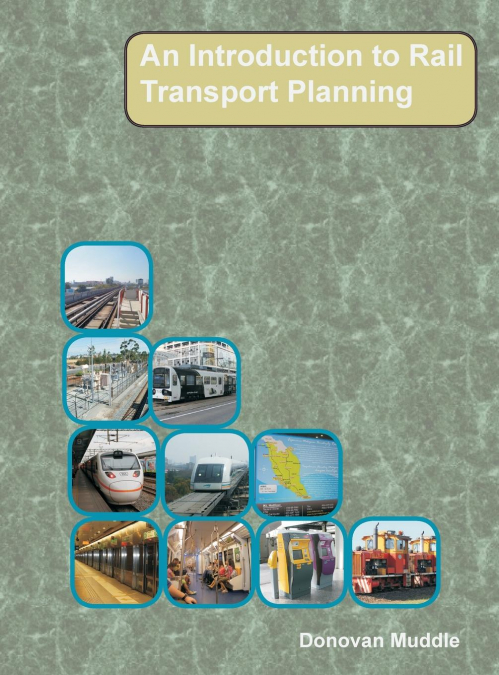
 Librería 7artes
Librería 7artes
 Donde los libros
Donde los libros
 Librería Elías (Asturias)
Librería Elías (Asturias)
 Librería Kolima (Madrid)
Librería Kolima (Madrid)
 Librería Proteo (Málaga)
Librería Proteo (Málaga)
INTRODUCCIÓN A LA QUÍMICA
UNIDAD 1- Estructura atómica.
UNIDAD 2- Leyes y conceptos básicos en química.
UNIDAD 3- Estequiometría y energía de las reacciones químicas.
UNIDAD 4- Química del carbono.
INTRODUCCIÓN A LA FÍSICA
UNIDAD 5- Cinemática del punto material. Elementos y magnitudes del movimiento.
UNIDAD 6- Dinámica.
UNIDAD 7- Trabajo mecánico y energía.
UNIDAD 8- Termodinámica física.
UNIDAD 9- Electricidad.
ANEXO- Formulación y nomenclatura de compuestos inorgánicos.
This textbook attempts to details in depth the various concepts needed for the planning of rail transport. This textbook represents perhaps the first attempt anywhere to dfescribe in detail the processes involved in transport planning. The book is a combination of discussion on engineering systems, network analysis, economics, and detailed analysis of specific engineering systems. The first two parts of the book are devoted to an extensive discussion of the different engineering systems needed for the creation of a rail system. Engineering systems such as traction power, signalling, communications, and passenger information are discussed. There is also much discussion on the economics of rail transport planning. Discussed is the different methods of estimating demand for rail services, and elasticities of demand. The book also contains a large chapter on signalling headways, where the maximum possible frequency of trains is discussed. Formulas are developped to calculate the minimum headway. High Speed Rail is discussed in depth. Many examples are given of HSR systems, and the conventional wisdom for what constitutes a 'good' HSR system is explained. The approach in the book is to provide as many examples as possible to explain the strengths and weaknesses of different rail systems. Most of the examples focus on South East Asia, or on Australia. Freight is also discussed.